The world needs more 007s
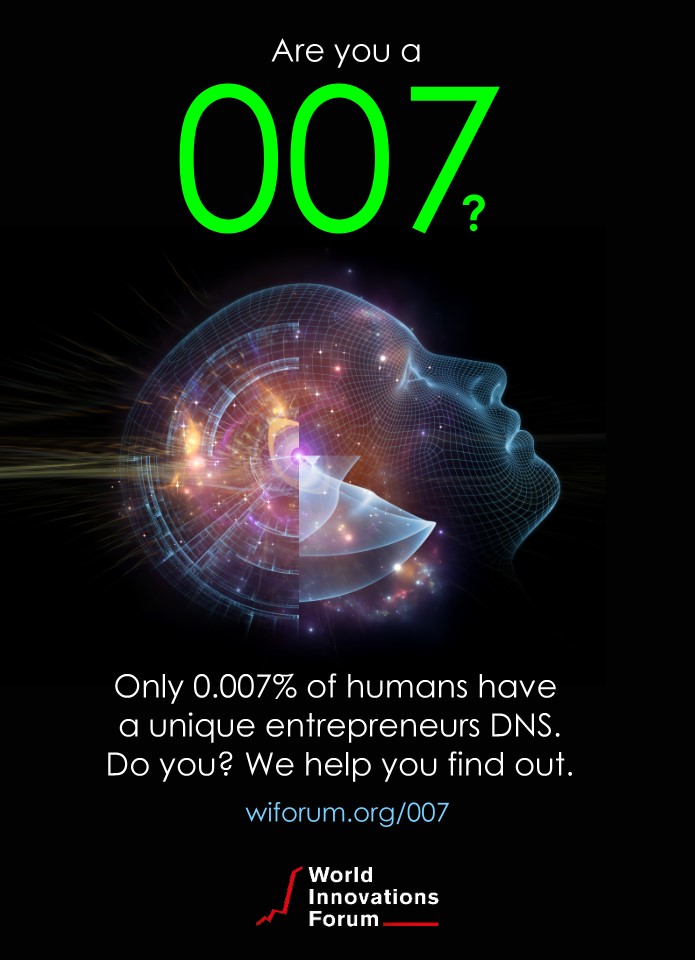
When you look for successful companies who have somewhere more than 25-50 employees, you will find about 400,000 companies. And when we assume about 6 billion adults you will come to 0.007% of people founding, co-founding and running those companies. Entrepreneurs are clearly a extremely rare minority. Now – the number is obviously dominated by the developed nations who have a culture of business builders. One may think also a much better education system. But the argument of education is not quite holding. Most of the successful entrepreneurs actually quit school before graduation and just started their company. Many of today’s or even yesterday’s entrepreneurs did not come from a wealthy family or from a family with entrepreneurial background or had a great education. Researching the background of hundreds of entrepreneurs we worked with made it pretty clear: The only pattern is no pattern.
How Many More Hidden Gems are there?
Now the most interesting question arises: How many of those hidden gems do we have all over Africa, Asia, Latin America, Eastern Europe and the rest of the world?
At the World Innovations Forum we are looking especially for that minority of often laughed at, crazy people with amazing ideas that seem to be completely unrealistic. We are not necessarily looking for people who want to start a company but also those who would love to become a co-founder or work in a startup like environment in a corporate innovation lab.
Test Your Entrepreneurial DNA
If you like to know whether you maybe a good entrepreneur or a good co-founder or somebody living your entrepreneurial dream in a corporate innovation lab, do your your test. This project is not funded by any corporation. Therefor we need to fund it ourselves and ask for $2.50 to contribute to the WIForum organization. You will win regardless. If you know you are an entrepreneur, great, if you know you are probably not, you can safe time and money from trying and if you still want to try – you actually should anyway.
After you completed the test we will review it and let you know. Those who appear to be especially talented will be invited to an interview to possibly join the WIForum Entrepreneurum, a special entrepreneurship preparation program that may lead to an entry into the Innopreneurs Academy.
Join the Innopreneurs Academy
The Innopreneurs Academy will work with participants deeply on innovation design, creating ground breaking innovation and building their company within a six month period. The developed world was built on the shoulders of a handful of amazing entrepreneurs. We see no reason to experience the same in all nations. The only difference we are looking at: Don’t make the same mistakes the old world did and grow monster companies that can no longer innovate. Instead build highly specialized highly connected enterprises where many other enterprises deliver specialized parts or services. Economies with a small number of monster organizations are doomed to fail, while highly agile economies with lots of innovative companies collaborating show the most stable societies.
NOTE: this concept may look completely contradicting the idea of inclusion. But in the case of entrepreneurship we cannot circumvent mother nature. There are only so many talents on earth – but we want to include all of them. Democratizing entrepreneurship.

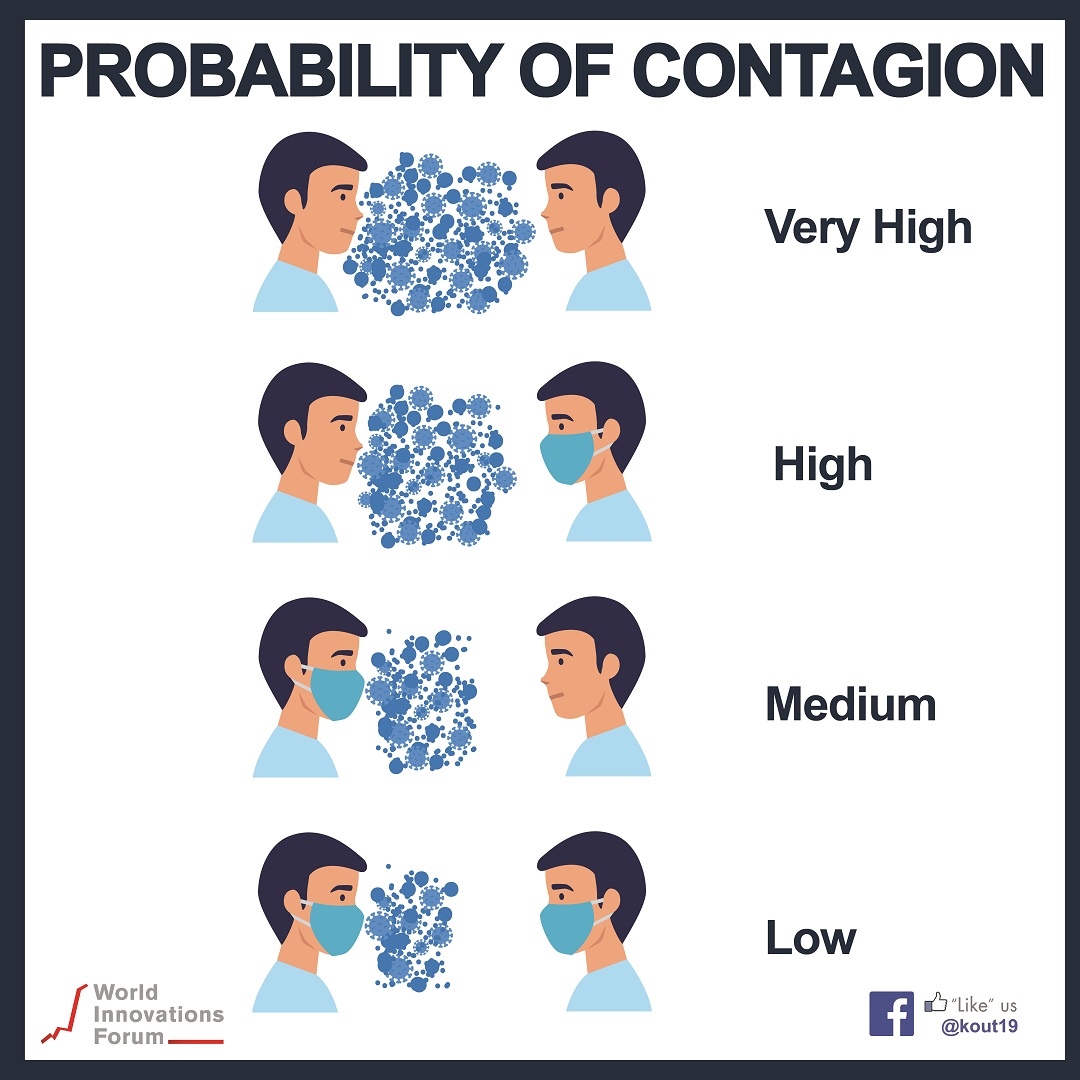



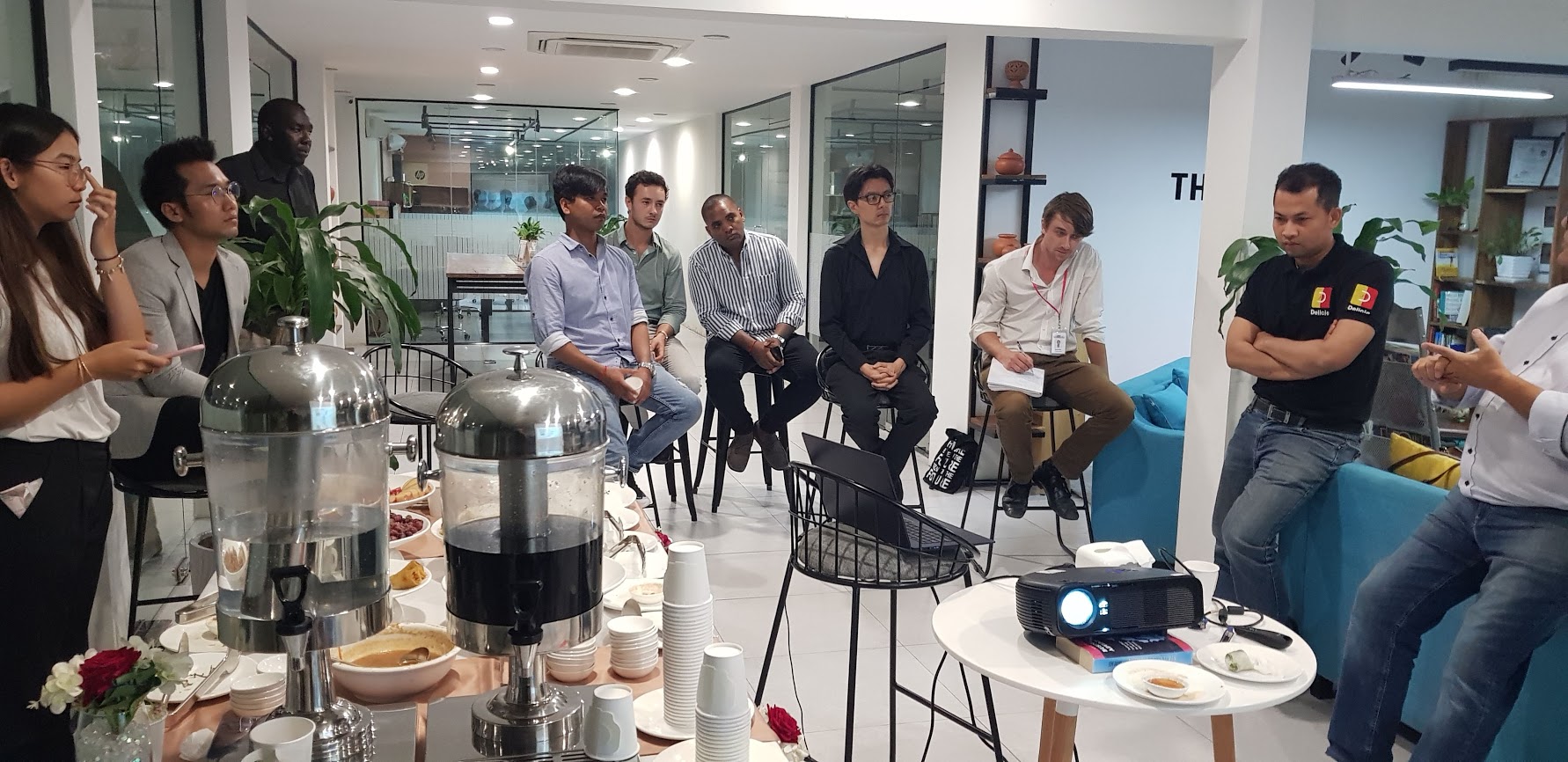
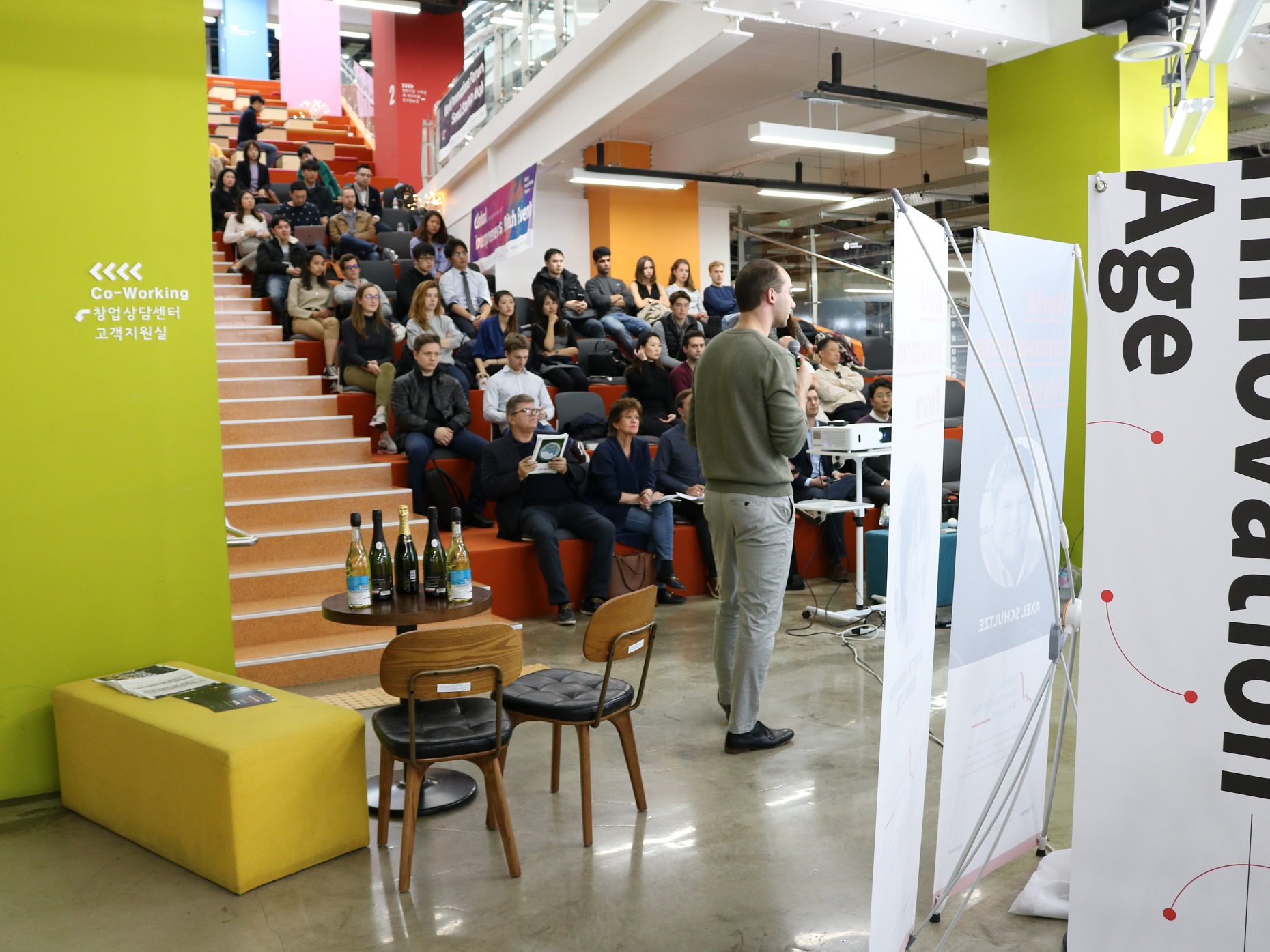

 The 7 virtues of idea validation
The 7 virtues of idea validation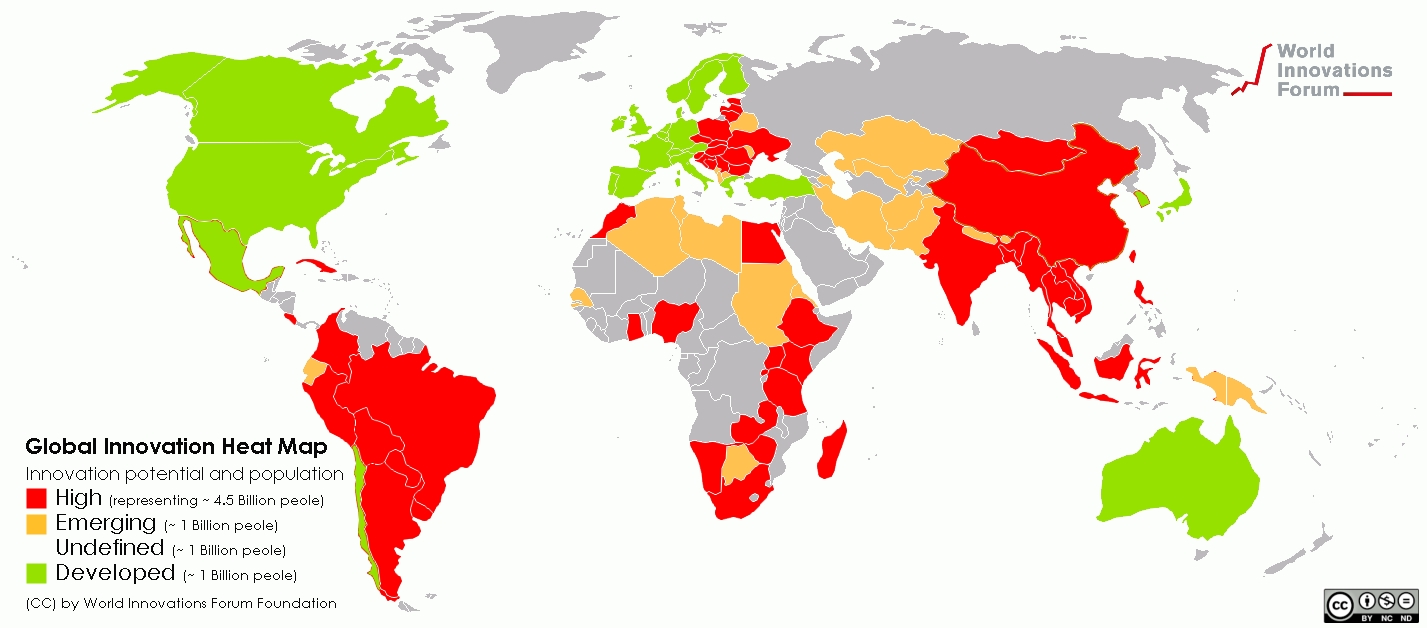 In our quest to bring emerging / developing nations on eye-level with the developed world, we are inspiring the youth to engage in an entrepreneurial career. We help them understand what it means to be an entrepreneur, what it takes to build a company and what to consider growing and scaling such an enterprise. The investment in education in developing countries has been phenomenal. Now we need to help talented entrepreneurs to build businesses that creates massive amount of jobs to absorb the approximately 1 billion graduates that leave their Universities in the next few years. The young generation in Ghana, Nigeria, Rwanda, Uganda, Kenya or Nepal, Cambodia, Laos, Myanma, Vietnam, Indonesia or South Korea is eager to stand on their own feed and build a business of their own. In the next 20 years we expect the number of startups to be more than 100 times as big as in developed nations and the successful enterprises arising of that group 10 times as many as in the “west”. The “High Potential” nations represent a combined population of 4.5 billion, a market 15 times as big as the United States.
In our quest to bring emerging / developing nations on eye-level with the developed world, we are inspiring the youth to engage in an entrepreneurial career. We help them understand what it means to be an entrepreneur, what it takes to build a company and what to consider growing and scaling such an enterprise. The investment in education in developing countries has been phenomenal. Now we need to help talented entrepreneurs to build businesses that creates massive amount of jobs to absorb the approximately 1 billion graduates that leave their Universities in the next few years. The young generation in Ghana, Nigeria, Rwanda, Uganda, Kenya or Nepal, Cambodia, Laos, Myanma, Vietnam, Indonesia or South Korea is eager to stand on their own feed and build a business of their own. In the next 20 years we expect the number of startups to be more than 100 times as big as in developed nations and the successful enterprises arising of that group 10 times as many as in the “west”. The “High Potential” nations represent a combined population of 4.5 billion, a market 15 times as big as the United States.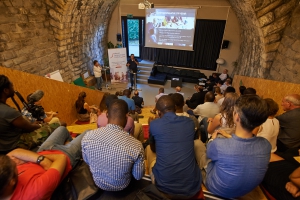 From our recent accelerator programs amazing ideas emerged. A company from Cambodia developing an end to end ecommerce return operation. Returns has been the biggest challenge for e-commerce shops around the globe. And they developed a highly innovative unique solution which will create thousands of jobs and contribute to the Cambodian GDP. Another great concept is currently evolving in South Korea, working on an innovative way to reduce Food Waste. They are currently adding hundreds of vendors per week and add thousands of consumers. Yet another innovative business in Vietnam is working on the next generation business communication for enterprises, making the intra company communication far easier. A Nepal based robotics company is merging robotics and AI in a way that it solves information collection in an innovative way and already began to export their robots even to the US. While all these companies are startups and under the radar of the global economy. They will grow as fast as any Silicon Valley company and be in the spotlight by 2025 – but by the hundreds.
From our recent accelerator programs amazing ideas emerged. A company from Cambodia developing an end to end ecommerce return operation. Returns has been the biggest challenge for e-commerce shops around the globe. And they developed a highly innovative unique solution which will create thousands of jobs and contribute to the Cambodian GDP. Another great concept is currently evolving in South Korea, working on an innovative way to reduce Food Waste. They are currently adding hundreds of vendors per week and add thousands of consumers. Yet another innovative business in Vietnam is working on the next generation business communication for enterprises, making the intra company communication far easier. A Nepal based robotics company is merging robotics and AI in a way that it solves information collection in an innovative way and already began to export their robots even to the US. While all these companies are startups and under the radar of the global economy. They will grow as fast as any Silicon Valley company and be in the spotlight by 2025 – but by the hundreds.